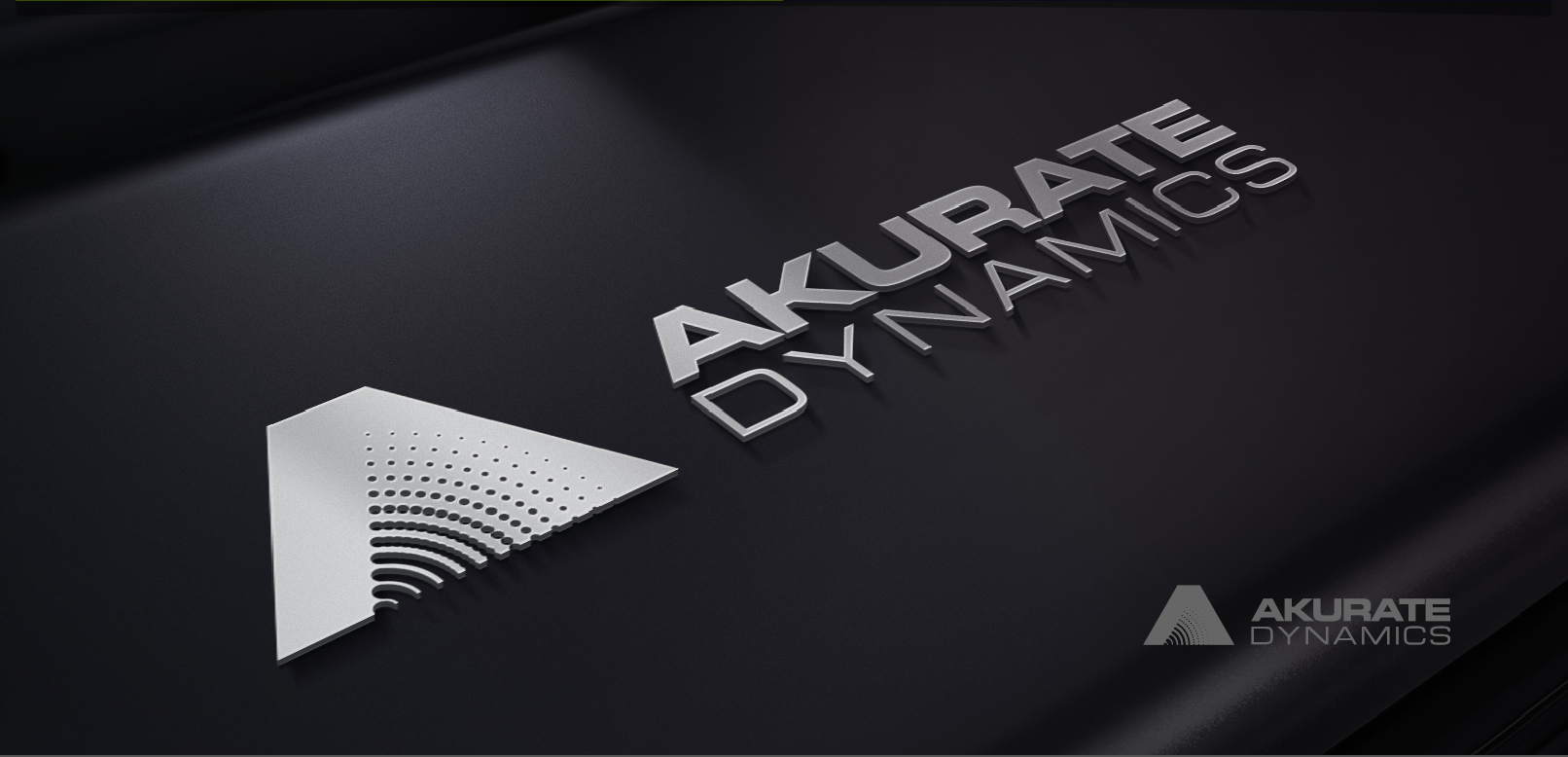This is the first article in a three-part series on gear pumps. In this article we provide a limited response to a competitor publication regarding gear pumps. As we mentioned in a previous post, the information provided in the publication was inaccurate, and often taken out of context and missing some very relevant facts. Also, where opinions are represented as facts, we have included follow up questions should you want to follow up with your equipment manufacturer.
It has always been our goal to advance our industry through providing accountability and transparency. This is good for the industry as a whole. In the following, we will address the various topics and provide the correct context to the content that was provided.
Competitor Statements:

Akurate Response:
Gear Pumps
Gear pumps do experience fluid slip. BUT, Akurate systems are computer driven and calculate. for this occurrence.
We agree with bullets 2 and 3 for systems that are not calculating to compensate for these fluid slips, the system would not be operating correctly. As stated above, we account for this.
Gear pumps can wear. It's important to use the best materials.
Our gear pumps are not "off the shelf". They are specifically designed for the fluids in this industry.
Piston pump rebuild and maintenance can be a significant expense and is necessary for on-ratio spraying per Graco's White Paper on Ratio Assurance (Page 4).
Akurate offers a guarantee on our gear pumps. If maintenance is required, customers can exchange their gear pumps to avoid future downtime.
Piston Pumps
If this is true, why is ratio assurance needed? How is this proven today, numerically?
This is misleading. Piston pumps do hold stall pressure. Gear pumps also hold stall pressure if the system is designed with a check valve. Our system does have a check valve (input and output side), therefore making it a non-issue for comparison purposes.
Competitor Statements:

Akurate Response:
Gear Pumps
We agree that due to fluid slip, gear pumps depend on flow meters to maintain ratio. Flow meters are an integral part of our system functionality and the reason we use high resolution flow meters vs low resolution flow meters (2,400 pulses per liter vs. 8 pulses per liter).
Flow meter calibration is dependent on the metals and application of the flow meters
Regarding our flow meters, our flow meters should be recalibrated approximately once every 7-10 years per our calculations and manufacturer specification (exact numbers are not offered due to trade secrets). We would not define this as “often”.
We agree with bullet point #3. We have selected the most reputable, high-resolution flow meter for that exact purpose. Junk products provide junk results. We invested in the best.
Our system is verifiable and therefore reporting correct ratio.
Piston Pumps
Piston pumps are not dependent on flow meters yet are required for ratio assurance. They recognize the importance of flow meters on page 5 of Graco’s Ratio Assurance White Paper.
We feel that many variables need to be accounted for in order for there to be consistent volume disbursement; tolerance stack up, diameter of pump housing, strong length consistency and piston alignment.
Flow meters in this capacity function as a monitoring/alarm mechanism which can be activated or deactivated depending on user-determined tolerances. The alarms can be deactivated or ignored by the user.
Quantitatively how do you define consistent? Akurate stands by a 2% tolerance, “close enough” or “really close” is not measurable.
Will Graco stand behind a contractor in court regarding their consistency in pumping ratio?
Competitor Statements:

Akurate Response:
Gear Pumps
This is the same in both systems. We constantly educate our contractors to heat your rigs to ensure material is at manufacturer specifications when being processed.
Our system is designed to analyze pressures, fluid rates, and temperatures to dynamically adjust the system (motor speeds or pre-heater temperatures) to ensure the equipment sprays on ratio.
Specific to gear pumps and extreme temperatures, temperatures would need to be un-livable to impact our equipment. The foam would lose blowing agent or other equipment would fail before the proportioning system being impacted.
Piston Pumps
We disagree, temperatures of materials can impact either proportioning system. Biggest difference, does the system auto-correct, or do you get an alarm?
Via Graco’s White Paper on Ratio Assurance (Page 21) temperature of material is one of the single-point variables that can impact off-ratio application.
If temperature doesn’t impact your system, why is it a variable?
We hope that this helps to clear up any questions about gear pumps and how they work. We will be continuing this series and addressing other inaccuracies in published content.
LEARN MORE ABOUT GEAR PUMPS AND OTHER AKURATE TECHNOLOGY AND EQUIPMENT. CONTACT US. WE'RE HAPPY TO HELP.
Download this Article


Comments